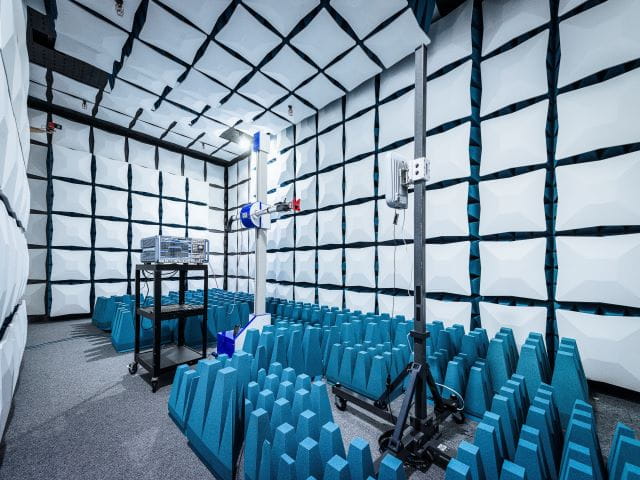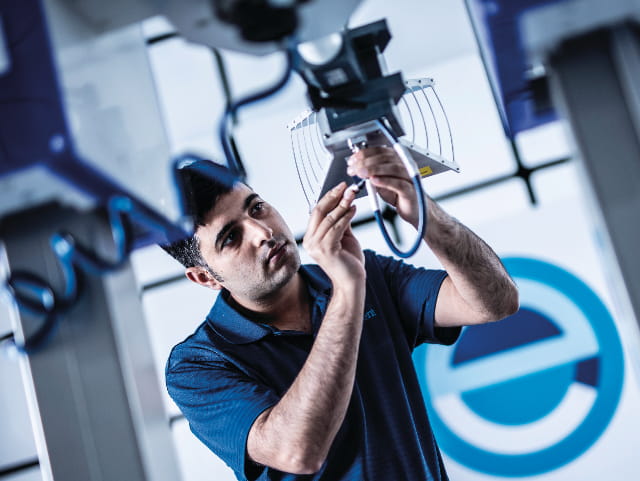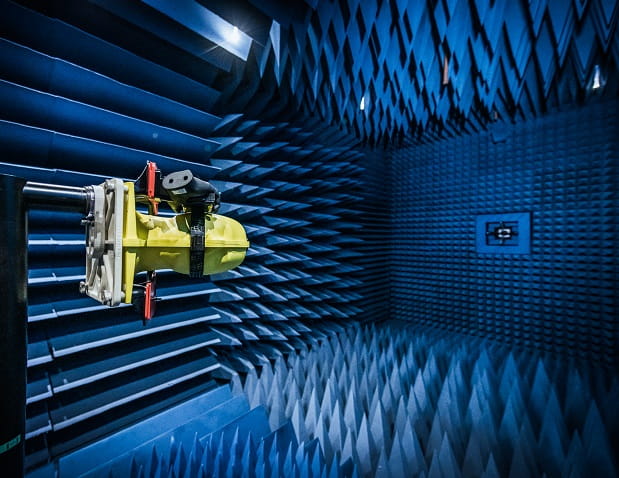5G New Radio - Radio Access Technology for 5G
5G New Radio is different from today’s networks:
5G is the first time that service providers have been able to customize wireless connectivity and this is especially important when it comes to the Internet of Things. Carriers are able to deliver a large number of different services across various connected devices by utilizing 5G. In fact, 5G is equally adept at handling both machine-to-machine (M2M) and person-to-person communication.
5G NR devices need to meet performance and latency requirements, match deployment models, and be compliant to regulations. With 5G, carriers are finally able to provide differentiated networking services through customized network ‘slices’. This could mean big money for carriers. According to ABI Research, "network slicing could generate revenues of up to $66 billion for 5G network operators".
Predecessors to 5G NR: eMBB, uRLLC & mMTC
There are three primary slices of wireless connectivity, with more specialized slices coming in the future. The initial three categories are:
Enhanced Mobile Broadband (eMBB): focused on data-intensive applications that need lots of bandwidth, like video streaming, or virtual reality-based immersive gaming.
Ultra-reliable and Low-latency Communications (uRLLC) – This is for important, latency-sensitive, mission-critical services requiring extremely high reliability, availability, and security; some examples include autonomous driving, real-time cellular drone communications, and Tactile Internet applications like remote surgery.
Massive Machine Type Communications (mMTC) or ‘Massive IoT’: This is designed to address the needs of low-cost and low-energy devices or sensors that require only small amounts of data. This service is on a mass scale, such as smart cities. They often run on batteries that need to last for years – even decades – and they can be difficult to access, so low power is a priority.
New Requirements for 5G New Radio
Software and equipment makers need to build solutions that will work across multiple carriers, and carriers need to build networks that connect to each other, so everyone needs to be working off the same set of instructions. That’s where the industry standards group 3GPP comes in, by formalizing the specs for 5G NR.
Stand-alone NR is a spec for those providers that are planning to build an entirely new network using 5G NR technology. Some carriers chose to build more network infrastructure from the ground up. Standalone systems dramatically increase mobile broadband speeds and capacity, but these benefits come at the cost of new base stations, backhaul mechanisms, and a core network.
Other non-telecom players build their own 5G IoT networks from the ground up, paving the way for massive machine-type communications, which could support up to one million devices in a single square kilometer. We continue moving towards the internet of EVERYTHING.
Breaking Ground: Building 5G NR
With plans finally in place, carriers are focused on building out their 5G NR networks, and they have a lot of work ahead. 5G networks are a lot more complex than 4G, due to all the specialized features they must provide across different spectrums. The pieces needed to make all this happen include everything from beam-forming antennas for connecting to millimeter wave spectrum, to tens of thousands of Carrier Aggregation (CA) combinations of RF frequencies that modems designed for 5G smartphones and other devices must be able to negotiate. Carriers need to have the right tools in place for success.
Evolution of 5G NR Continues
Release 16 and beyond will be focused on expanding the mobile ecosystem to new areas — new types of services & devices, deployment models, and new spectrum bands. We will see more requirements for smart technology and 5G devices, from Vehicle-to-everything (V2X) communications and satellite access to video streaming services; there is even 5G for new verticals like taxi dispatching, railway traffic management, and maritime…the list is almost endless. Having standards in place for each of these new services will help reduce deployment costs and ensure greater reliability.
5G Devices
We’re entering an exciting era of 5G capabilities, and while carriers are getting their networks ready, handset designers are focusing on developing the next ‘big-thing’. These pricey models have capabilities that include augmented reality, virtual reality, 3-D video calls, and even holograms. Of course, there will be a tsunami of new sensors, chipsets and other IoT devices hitting the market as well.
A few faulty handsets, apps, or sensors can wreak havoc on a wireless network. Ensuring all these newly connected ‘things’ work as they should requires in-depth testing. Element’s state-of-the-art labs in California, Maryland, and Texas are busier than ever in evaluating 5G, carrier conformance, and other mobile device testing services, such as SAR. Element helps to find solutions that help CSPs, manufacturers, and regulators put these new devices through their paces.
5G NR services will put networks under tremendous performance pressure. Therefore, carriers need to assess their entire network and current software systems to determine how everything will stand up in the 5G NR era. This means looking closely at things like radio planning, service assurance, network optimization and analytics, device testing, and more.
Find related Resources
Connected Technologies Services

5G Test and Certification Services
Find out how Element’s high-capacity 5G test and certification services help you expedite your product’s journey to market.
Carrier Certification
Element is a world leader in carrier conformance testing. We are the only company in the world that offers testing for all major carriers in North America & Japan.
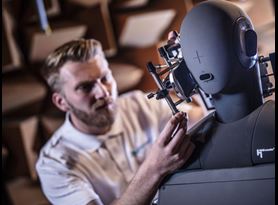
Over The Air Testing Services
Find out how Element tests and certifies wireless devices to ensure they achieve effective radiated spatial performance for all relevant standards.
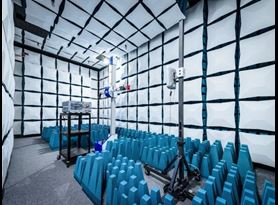
Connected Technologies
Element's testing and certification services enable faster global market access to manufacturers of mobile and smart devices, where connectivity and interoperability is key.
